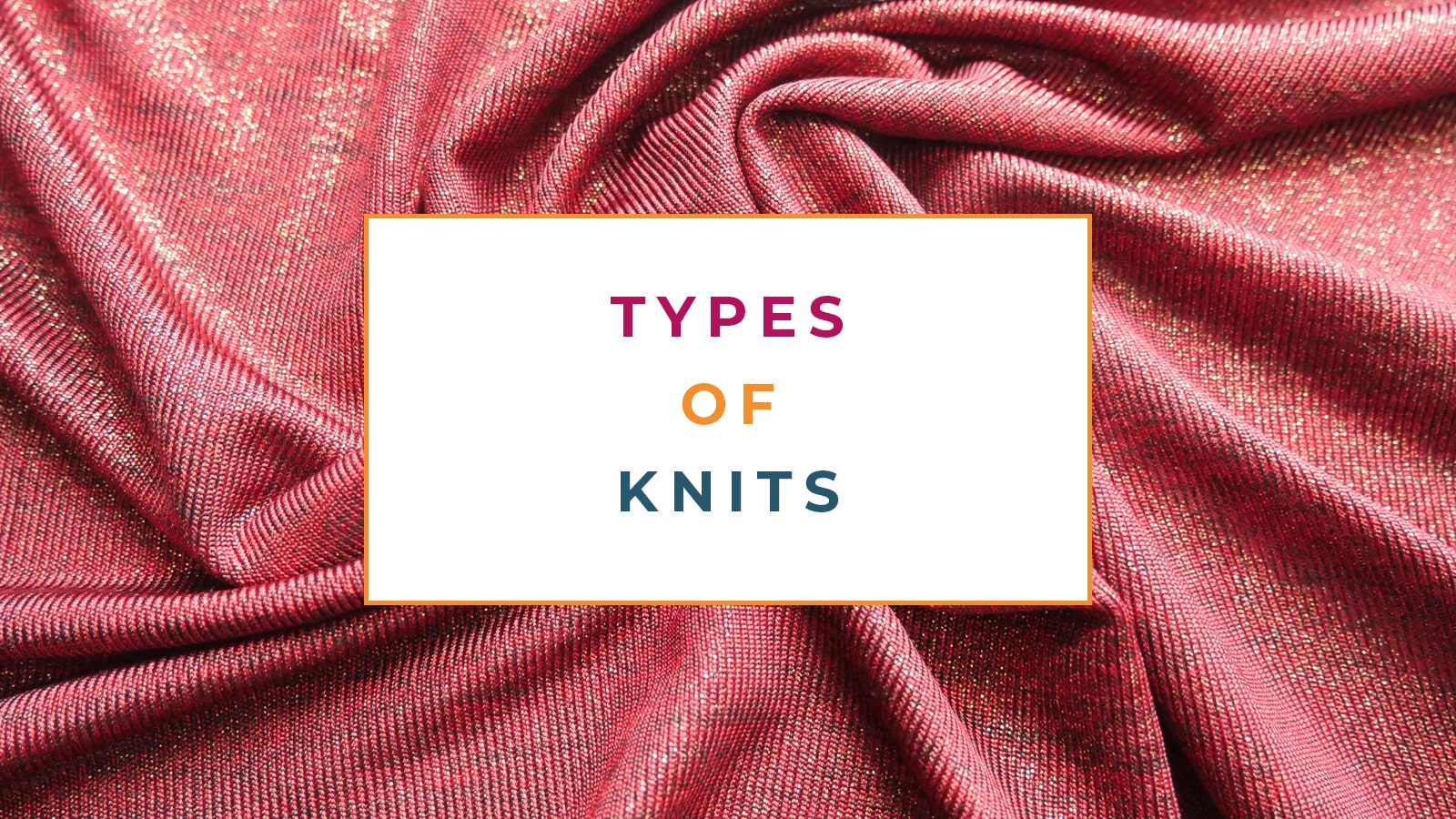For a lot of people, that title means literally nothing unless they happen to be into knitting or designing. For some people the name shows them what type of clothing it is, for others it tells us what material it is and how we can use it.
If you want to learn more about knitting and knit types, keep reading on and let me bore you into the world of knitting.
First off sometimes fabrics can be found under different names, like spandex, lycra or elastane. You can’t always go to color, texture and stretch to discover which materials are knitted or woven, a lot of the fabrics can look and feel the same, the way to tell them apart is in the minute detail.
To qualify its self as a knit fabric, it has to be made in a manner that loops long lengths of a single fiber together, the yarn is only made to go in the one direction.
So What Are The Different Types of Knit Fabrics?
- Jersey Knit – most commonly used for t-shirts and dresses.
- Elastane – as soft as cotton but hard to work with.
- Rib knits – has distinct vertical ribs on both sides of the fabric.
- Double knit – Less stretchy and very fluffy, can be very thick.
- Interlock – Double the thickness of jersey knit and great for dresses.
- Lace knits – Very attractive to use but hard to maintain, it stretchy.
- Mesh knits – Transparent and lightweight, for romantic clothing.
- Piled knit – Piled look mimicking towels.
- Sweater knits – Literally made for making sweaters.
- Purl knit – Warm and bulky, also used for sweaters.
- Tricot knits – Ribs on the fabric that go both ways, thin and soft.
To figure out the stretch percentage of each of these, you would need a ruler, the material and some pins. Fold the fabric in half, mark a 5 inch section in a straight line (use the pins to mark) and hold the fabric up against the ruler and line up your stretch markings.
Feel free to add any knits you feel I have missed in this list – I may have missed one or two but these are the main ones, as different people classify fabrics in different way with different names it’s possible you may know them by something else!




